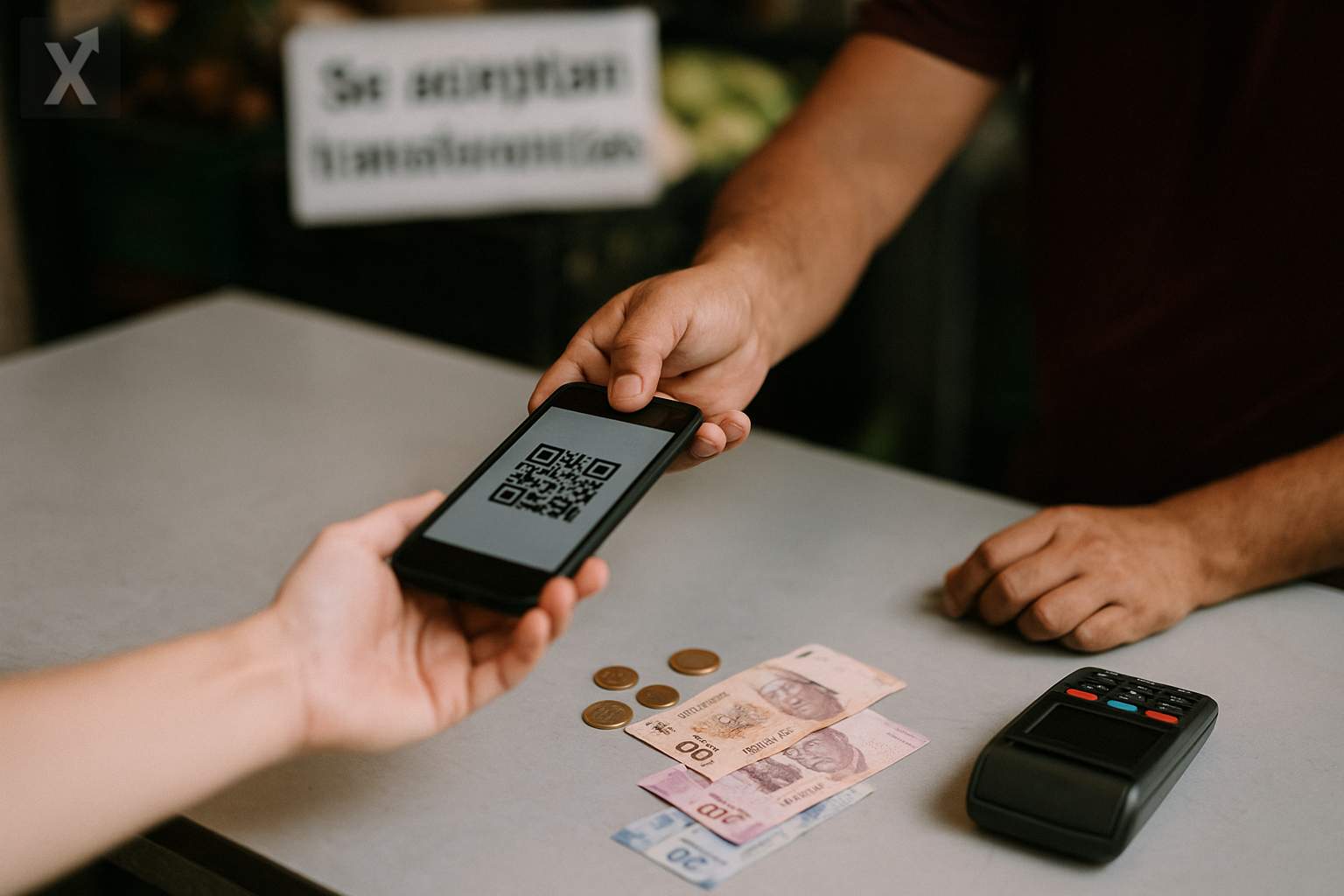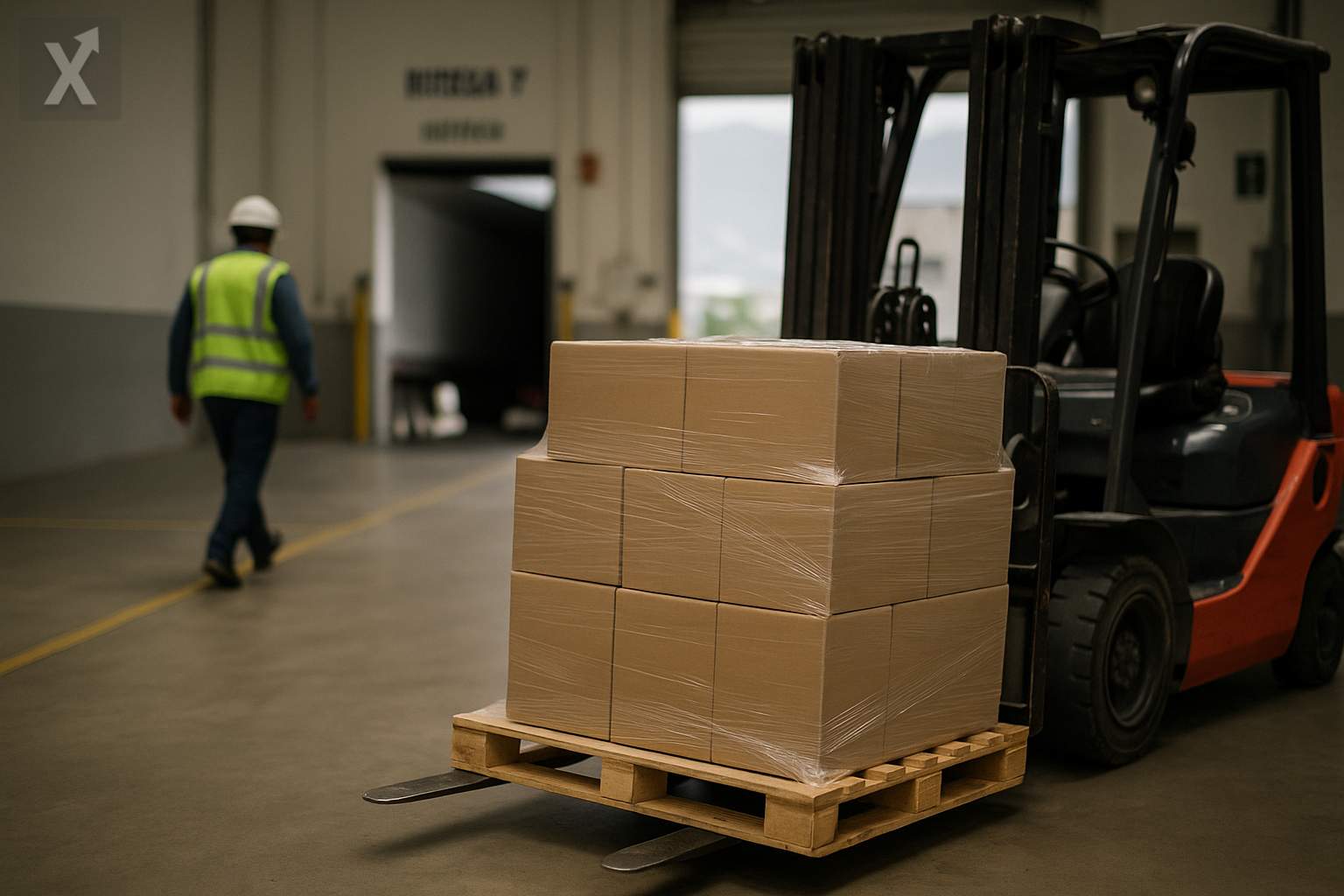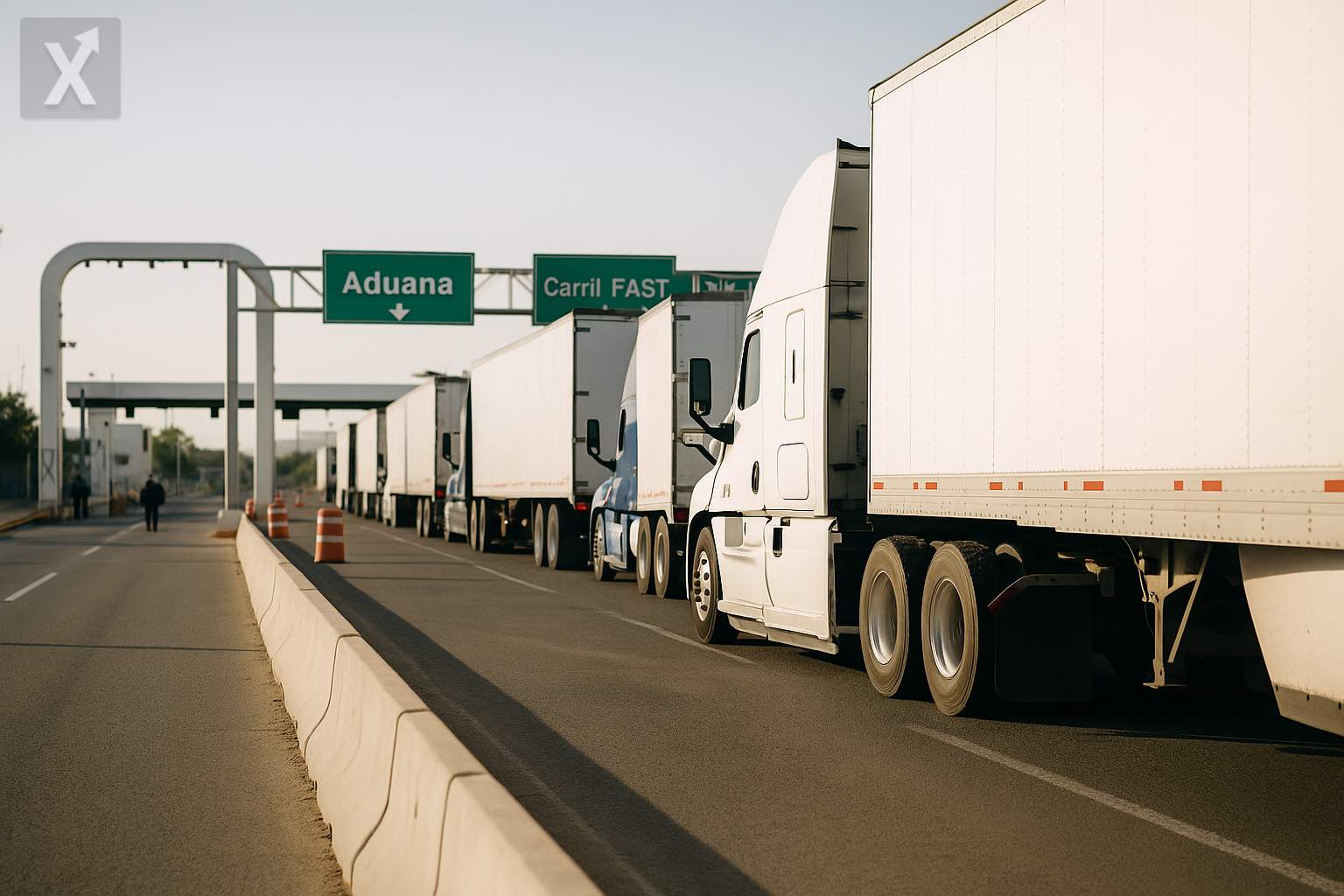Faced with External Pressures, Mexico and Brazil Explore Renewal of Commercial Ties

The two largest economies in Latin America, Mexico and Brazil, are in the midst of a strategic reassessment of their trade relationship, driven primarily by the new wave of tariffs announced by the United States. With tariffs of 30% on Mexican products and 50% on Brazilian goods set to take effect on August 1, 2025, both countries are making it a priority to strengthen bilateral ties and turn old rivalries into closer, more pragmatic cooperation.
Brazil and Mexico account for the greatest economic weight in the region. According to data from the International Monetary Fund, Brazil’s GDP stands at $2.18 trillion, followed by Mexico at around $1.85 trillion. In terms of exports, however, the scales tip in Mexico’s favor, with exports surpassing $617 billion in 2024—almost double the amount reported by Brazil. Both countries have been leaders in sectors like automotive and agrifood, though their industries have historically competed with each other more than they have complemented one another.
Past frictions, particularly in agricultural and automotive sectors, have made deep integration difficult. Disagreements over phytosanitary and technical standards, as well as differences in the interpretation of World Trade Organization (WTO) rules, have often stalled progress. Nevertheless, the current situation appears to open a window for updating and balancing the economic complementation agreements established in 2002.
In recent days, Mexico’s President Claudia Sheinbaum held a phone conversation with her Brazilian counterpart, Luiz Inácio Lula da Silva, which marked the formal start of negotiations to expand the bilateral trade framework. According to official sources, they discussed the potential in key sectors like pharmaceuticals, agribusiness, ethanol, biodiesel, and technological innovation, taking into account the need for a coordinated response to global challenges and market volatility spurred by U.S. policies.
Currently, bilateral trade represents only a modest share of total trade for both countries: In 2024, trade with Brazil accounted for just 2.7% of Mexico’s total, while for Brazil the figure reached 5.2%. Asymmetries persist: Mexico maintains a trade deficit of more than $6 billion with the South American economy, reflecting agreements that do not fully correct the imbalance.
Despite these challenges, there are some concrete signs of integration, such as the recent approval for Mexican Hass avocados to be exported to the Brazilian market. This move, backed by strict sanitary protocols, opens a window of opportunity for Mexico in a market of over 200 million consumers and represents a symbolic step forward in diversifying export destinations.
In light of this new scenario, analysis from organizations like the Mexican Institute for Competitiveness (IMCO) underscores the strategic importance of deepening ties with Brazil, especially since this relationship brings dynamism and options in the face of the risk of over-dependence on the U.S. market. The urgent need to modernize trade agreements—some of which are over two decades old—aligns with a broader vision of Latin American regional integration, seeking greater autonomy and coordination in the face of major powers like the United States and China.
With Brazilian Vice President Geraldo Alckmin expected to visit Mexico City soon with a business delegation, both governments hope not only to increase the volume of trade, but also to lay down a more solid and equitable foundation for future cooperation. Meanwhile, separate negotiations with the United States to mitigate tariffs continue, reflecting the urgency and complexity of the current moment.
In conclusion, the international climate and the new U.S. trade restrictions have accelerated a long-overdue rapprochement between Mexico and Brazil. The challenge will be to turn diplomatic advances into concrete agreements that balance the relationship, boost complementary sectors, and allow both economies to jointly adapt to the changes of an increasingly uncertain global environment.






